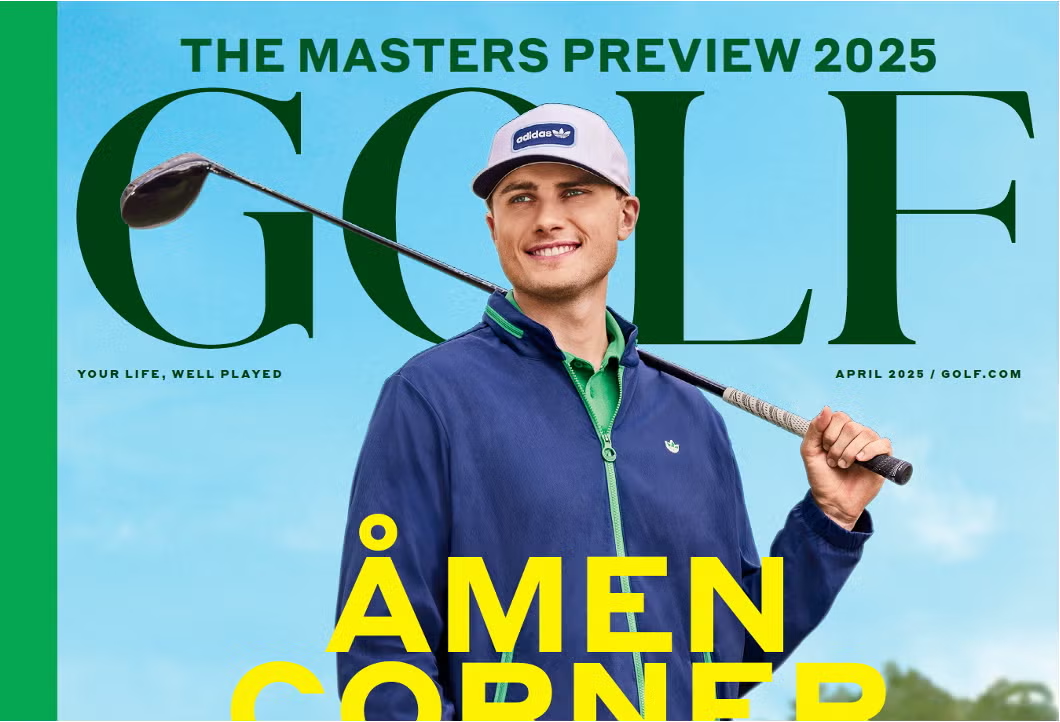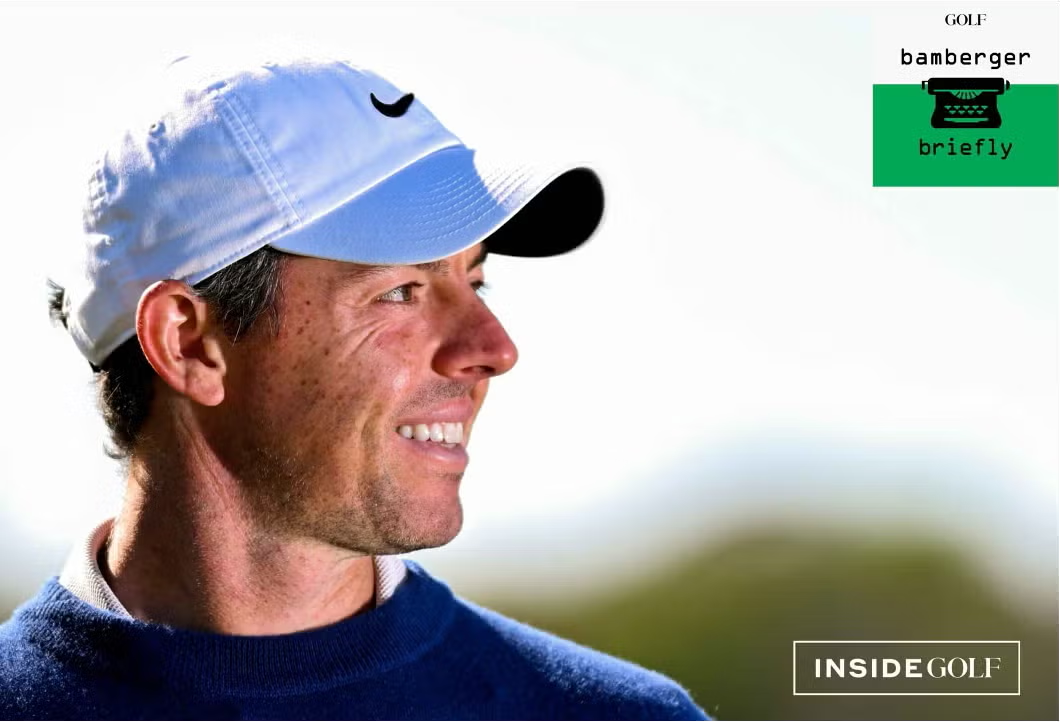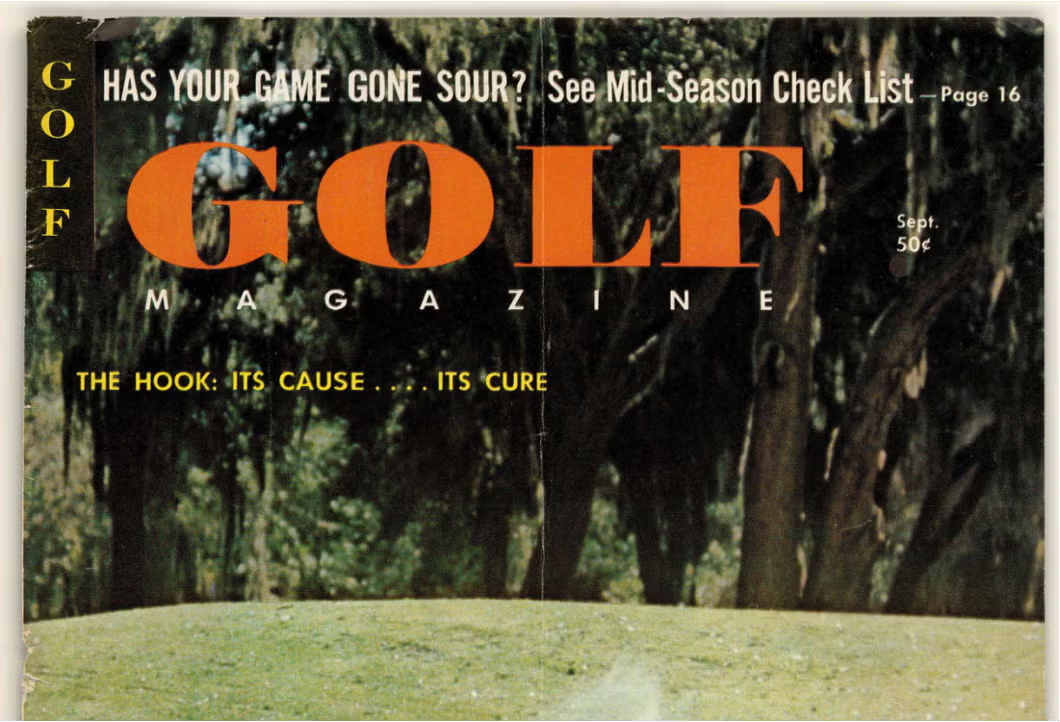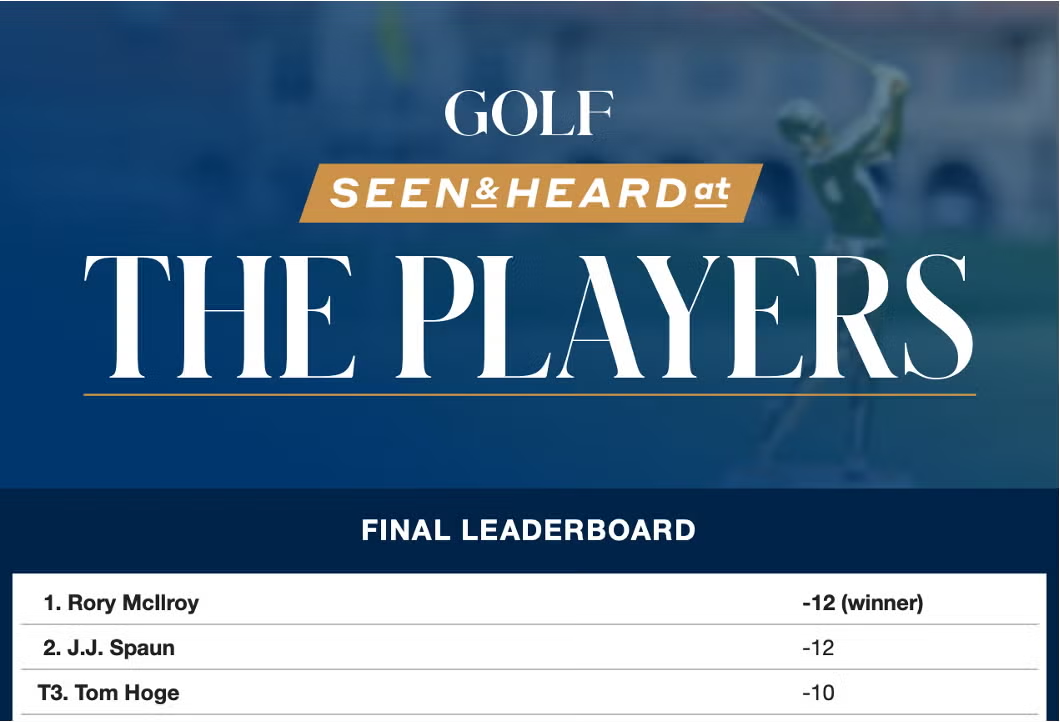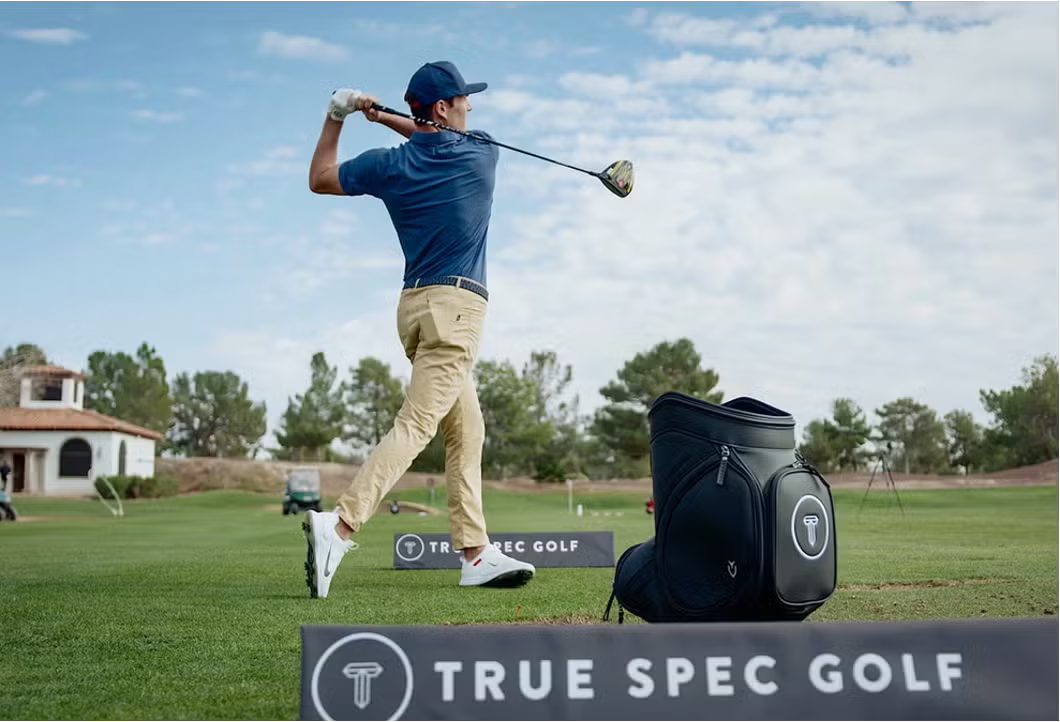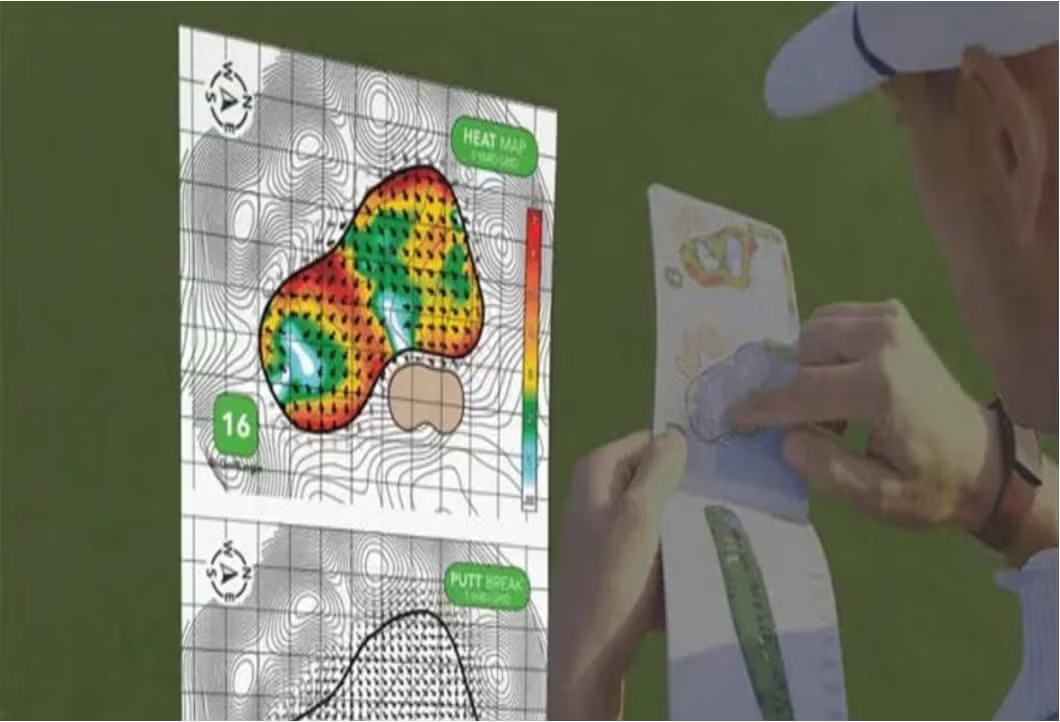‘This is it’: Inside Arnold Palmer’s emotional final moments at Augusta National
- Share on Facebook
- Share on Twitter
- Share by Email

Arnold Palmer at the 2016 Masters, his last.
getty images
I was driving southbound on I-95, North Carolina swampland running beside it, when Jim Nantz returned my call. I was surprised. It was Monday afternoon, and his beloved Houston Cougars were going to play the Florida Gators for the men’s NCAA basketball championship. I figured he’d be at a pray-for-threes rally or something. He’s a fan again.
Nantz, 65, no longer calls the final game of the college basketball season for CBS Sports. He bowed out of that gig two years ago. With his extra time, he could show up at Augusta a little earlier, and a little more rested. It was always a thing, Jim Nantz getting to the Masters by Tuesday morning after the Monday night game, with various stories out of Trains, Planes and Automobiles.
John Feinstein, a sportswriting legend, used to do the same thing, go from the NCAA final to the Masters. Nantz was stunned and saddened by John’s sudden death, of natural causes, last month at age 69. John had a big heart and a lousy one, and he didn’t do much to help it. He stopped flying after the Sept. 11 attacks, so his travel-story movie has a shorter title: Cars. John’s own car was always a mess. Nantz has the tidy gene.
“Where are you?” I asked Nantz.
“In a hotel room in San Antonio,” Nantz said. He sounds on the phone just as he does on TV — silk off a spool. The final game of this 2024-’25 college season was being played in San Antonio, at the Alamodome.
You could field a Ryder Cup team with the people Nantz was texting with Monday afternoon. Bill Rogers, who played golf in the early 1970s at Houston and won the 1981 British Open. Fred Couples, who played golf at Houston in the late 1970s and won the 1992 Masters. Fred’s (and Nantz’s) Houston suitemate, Blaine McCallister, who won five Tour titles. There was no way Nantz was not going to be at this basketball game, even if he wasn’t working it.
The two things Nantz is best known for in his work life are calling the NCAA basketball final on a Monday night in early April and, six days later, the fourth round of the Masters. You could count on both, like room service at the Marriott at O’Hare. There have been dozens of other events that have starred Nantz’s working life, but the Final Four and the final round at Augusta are sunbathing on the mountaintop.
In his private life, Nantz has had relationships with two older men who shaped his life immeasurably. You know both names. You may not know they are both members of the World Golf Hall of Fame: Arnold Palmer and George H.W. Bush. Whenever Nantz and I talk, certain names come up. His own father, first and foremost. Chuck Will and Frank Chirkinian, legendary directors at CBS. Old Bush, as Charles Barkley calls H.W. (to distinguish him from W., aka Young Bush.) And Arnold.
Nantz and I are both Arnold-o-philes. We segued from Feinstein to Palmer, and from the basketball to the golf. I asked Nantz about the last time he saw Palmer, at the 2016 Masters.
Early on the Thursday morning of the ’16 Masters, Gary Player, Jack Nicklaus and Arnold Palmer gathered on the first tee. The walk-up music was Let’s Get This Party Started. Player and Big Jack striped their tee shots. Arnie watched and offered his trademark gesture. A right thumb went up, to shoulder height. He was 86 and frail but alert. He got out of the folding chair in which he sat without assistance to salute the two shots his friends had just struck.
“Then Arnie and Alastair Johnston and Kit went into the clubhouse for breakfast,” Jim told me. Johnston was Palmer’s longtime business advisor, an IMG lifer. Kit was Palmer’s second wife. “I asked Alastair if we might get Arnold in Butler Cabin for an interview after breakfast. He said he would ask, but if he did it, it would probably be short.” That meant yes.
The only Masters story Jim Nantz won’t tellBy: James Colgan
Arnold took a cart over to Butler, a short drive from the clubhouse, and Johnston and Nantz walked him in. “The moment I started asking questions, he lit up,” Nantz said. Arnold had so much performer in him. He always did. He feared letting someone down who had not seen him before.
I saw the interview for the first time last year. It’s powerful. Near the end, Palmer says, “This is it.” I told Jim then, “As per usual, he was saying so much with so few words. This is it. I’ve said my farewell.”
Jim said then, “I believe Arnold knew he would never be back there. That was his way of saying it, I believe. Just seeing him sitting there, knowing the end was near, brought tears to your eyes.”
After the interview, Nantz walked Arnold out to a waiting car, a white Mercedes being driven by Johnston. Kit was in the back seat. Arnold was wearing his green member’s jacket. He rode shotgun. They were heading to the airport. Yes, Arnold left the property wearing his club coat. You think somebody was going to call him on it?
“I watched the car leave and I thought, ‘The man arrived here with his wife in a Winnebago in 1955,’” Nantz said. Arnold was then in his first year on tour, lowercase t. There was a PGA of America apprentice rule in those days that for the first half-year, you couldn’t cash a check. But the Masters was a private club event, and Arnold could get paid — $696 for a T10 finish. Then he won in ’58, ’60, ’62 and ’64. He invented the modern Masters, a sporting event, a spectacle, and a TV show. A rite of spring, just like the basketball tournament.
Jim Nantz was too young to appreciate Arnold in his prime. He was a kid. “He filled the gaps,” Nantz told me. Arnold’s life and times connects us to Dwight Eisenhower, an Augusta National member and Palmer’s friend; to Ben Hogan, Arnold’s golfing and personality opposite and a central figure in Masters lore; to Bobby Jones, who got the whole thing started. If you love golf, it’s hard not to love Arnold Palmer. He played with such life, and he conducted his life as he played.
I asked Nantz about the last thing he said to Arnold on that Thursday.
“I told him that I loved him,” Nantz said. Nantz tapped Arnold’s white car with his palm. Kit and Arnold headed home. Arnold died six months later, at a hospital in Pittsburgh.
“Should I be scared?” he asked his doctor.
No, the doctor said.
“Then I won’t be.”
Arnold logged hundreds of days and nights at Augusta. Nantz saw a lot of it, was enthralled by all of it, and brought it home to millions of us. He was there as Arnold was there. The wool of his jacket, its arm sleeve, in your hand, the bony forearm through it. It’s all good. Arnold’s blue-gray eyes, misting with age and whatever else. The nearly silent engine of his tournament car. The clear path out.
Michael Bamberger welcomes your comments at Michael.Bamberger@Golf.com.
Latest In News
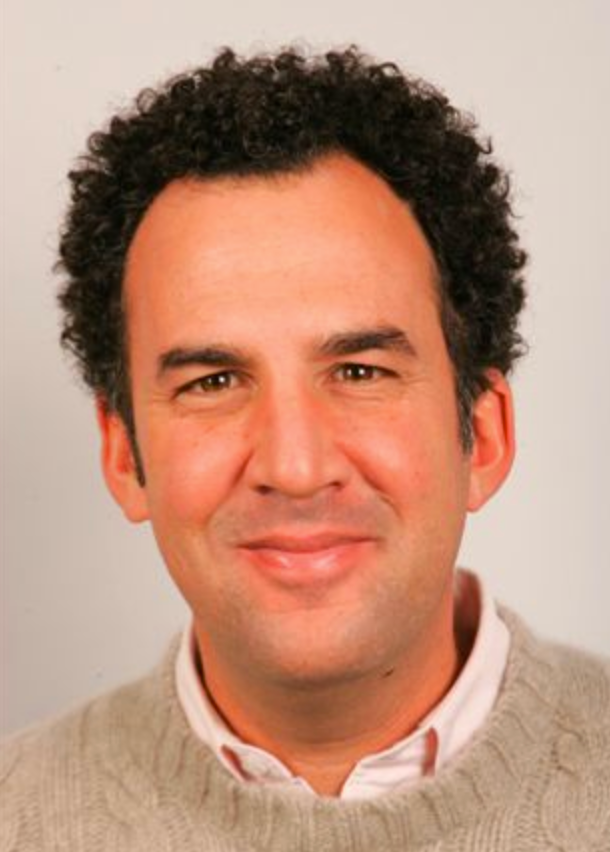
Michael Bamberger
Golf.com Contributor
Michael Bamberger writes for GOLF Magazine and GOLF.com. Before that, he spent nearly 23 years as senior writer for Sports Illustrated. After college, he worked as a newspaper reporter, first for the (Martha’s) Vineyard Gazette, later for The Philadelphia Inquirer. He has written a variety of books about golf and other subjects, the most recent of which is The Second Life of Tiger Woods. His magazine work has been featured in multiple editions of The Best American Sports Writing. He holds a U.S. patent on The E-Club, a utility golf club. In 2016, he was given the Donald Ross Award by the American Society of Golf Course Architects, the organization’s highest honor.













